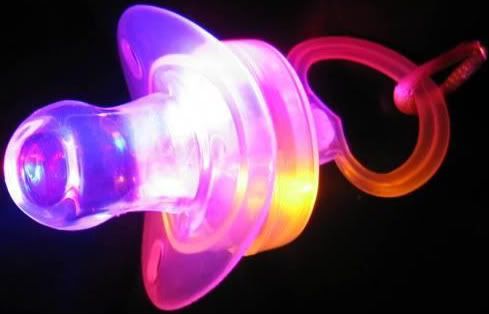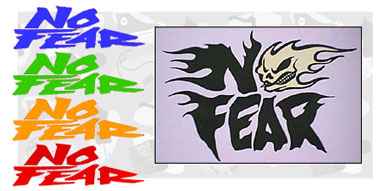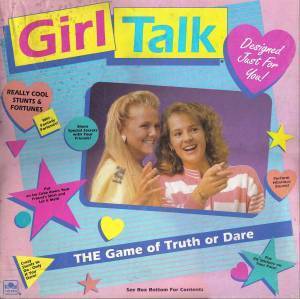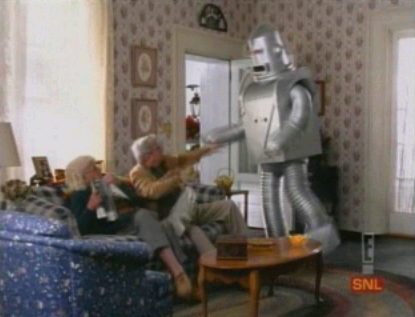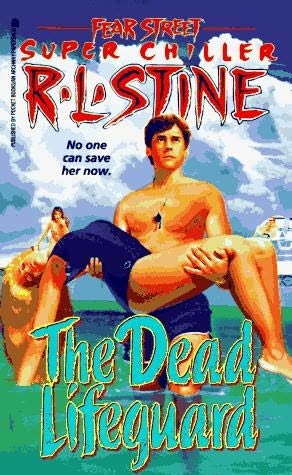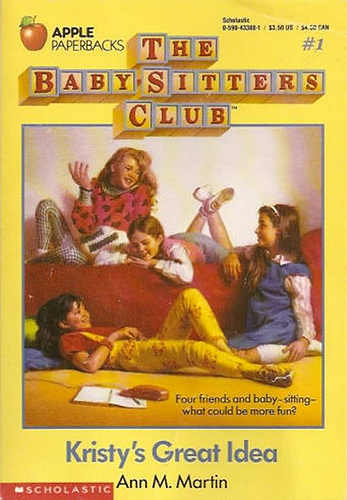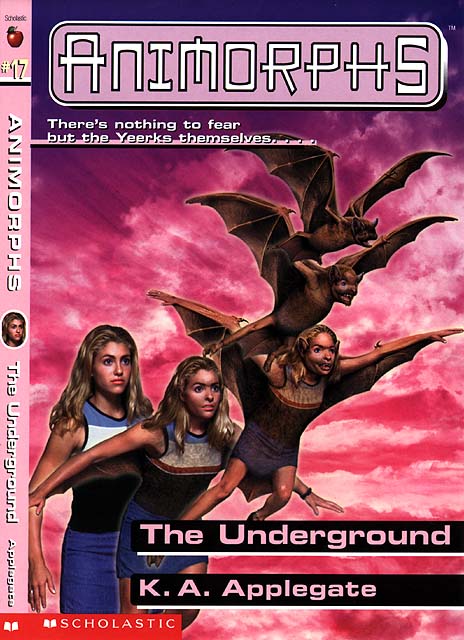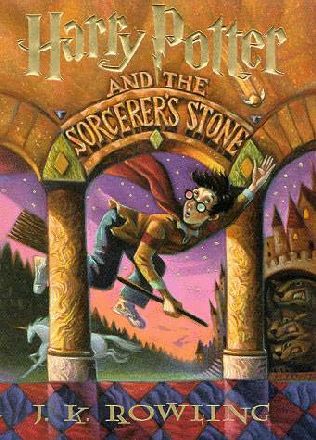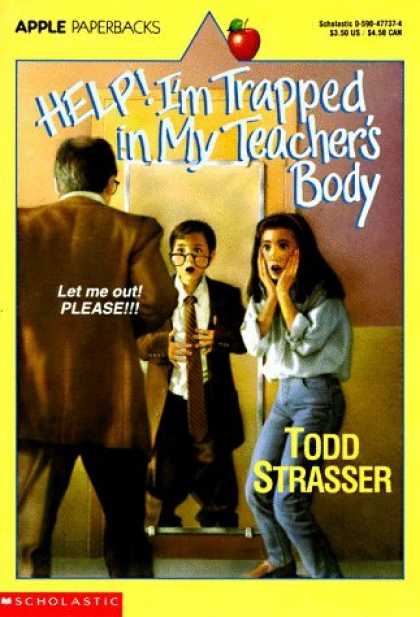Oh my gosh, as I was posting this it suddenly hit me--today is my blogaversary! That's right, one year ago today Children of the 90s was born. That's a whole lotta 90s. Lucky for all of you, I won't go the way of this post and suddenly replace myself with a cheap imitation, less credible 90s chronicler...looks like you're stuck with me. Thanks for reading! :)
 How many Beckys does it take to complete a series of Roseanne? The answer may surprise you
How many Beckys does it take to complete a series of Roseanne? The answer may surprise you
 How many Beckys does it take to complete a series of Roseanne? The answer may surprise you
How many Beckys does it take to complete a series of Roseanne? The answer may surprise youIt's the old Darrin Stevens switcharoo. For one reason or another, the original TV actor exits stage left and is immediately replaced by the next available understudy standing in the wings. Unlike at the theater, though, where they give you the benefit of announcing the replacement, on TV they tend to just proceed with business as usual as if nothing had happened. Never mind the fact that one of our major players was one person one day and someone else the next. All of the other actors simply treat the replacement as if they were the old standard and we're supposed to be immediately convinced that this new actor embodies the character we once knew and loved as another person.
Sometimes there's some brief wink-wink nudge-nudge type of acknowledgment, but for the most part they leave us to fend for ourselves in digesting the adjustment. Imagine if someone in your inner circle of friends came to dinner one night, only it was another person entirely. All of your other friends continue to call the newcomer by the first friend's name and reminisce with him as if he were there all along. The way they're acting, it's enough to make the rest of us have to wonder if we're the crazy ones for not going along with this charade.
The tactic happens more than you might think; sometimes you don't even notice it until you're watching the show in syndication many years later. Whether it's a minor character or a principal player, it definitely requires more than your average level of TV-grade suspension of disbelief. The following are among the most grievous offenders:
Fresh Prince: Vivian Banks

Here is an instance of the most blatant kind of switcheroo: one that occurs with a character who appears in virtually every episode of the series. Vivian (Will's aunt) was initially played by Janet Hubert-Whitten, but she found herself in breach of series contract when she became pregnant. While they wrote the pregnancy into Vivian Banks's storyline, Hubert-Whitten left soon thereafter to stay home with her child. She was replaced by Daphne Maxwell Reid, which might have been fine had the producers possessed the common sense to maintain linearity with the character.
Instead, the new Vivian was starkly different than the original. While Hubert-Whitten's Vivian was career-driven and outspoken, Reid's was a more soft-spoken homemaker. The writers gave a couple of on-screen tongue-in-cheek acknowledgments of the switch ("You know, Mrs. Banks, ever since you had that baby, there's something different about you...") but for the most part the change went unmentioned.
Boy Meets World: Morgan Matthews

The first Morgan Matthews was cute-relief kid sister played by Lily Nicksay. After regular appearances in the first and second seasons, she never appears in the third season, only to reappear in the fourth season played by Lindsay Ridgeway. She was still blonde, but the similarities pretty much ended there. They sought to ease the transition by having her joke, "That was the longest time-out I've ever had!" I guess that time-out made her pretty bitter, because Morgan emerged several times more sarcastic then she had been in the second season.
Friends: Ross's Ex-Wife Carol

Anita Barone was the original Carol, though she appeared in just one episode. All installments of the Ross/Carol saga thereafter played out with Jane Sibbett. Because Barone only appeared in one episode, this switcheroo was able to slip by far more quietly than some of the more blatant offenders.
Roseanne: Becky Connor-Healy

Here's an interesting bait-and-switch tactic: bring in one actress for a fair number of seasons, replace her with a new actor, bring her back, and then finish the series out with the second actress. Talk about confusing. Alicia Goranson was the original Becky, playing Roseanne and Dan's oldest child for the first five seasons. She left to attend college, so the writers started phasing her out in the fifth season based on her decision.
The story, of course, doesn't end there. For some reasons, the writers find it necessary to revive Becky as a series regular, bringing in Sarah Chalke for Becky reinforcement purposes. It's a passable though certainly not entirely excusable switch until Goranson decided she should come back to the show for the eighth season, which she believed would be the final installment. Goranson was not able to fully commit to the role and during the eighth season and she Chalke alternated in the part, leaving the writers grasping at straws writing awkward in-jokes for the obvious switch back and forth. In the ninth and final season, Chalke again took full command of the role and the switch was finally left unmentioned by the cast.
Seinfeld: Frank Costanza, Morty Seinfeld


At least these producers seemed vaguely conscious of the switch: they actually re-filmed some of the Frank Costanza scenes with Jerry Stiller for the syndicated reruns to replace the old shots of John Randolph. At least they're covering their tracks on that one.
The Morty Seinfeld flip-flop was handled differently, as by the time of the switch so many seasons had gone by that Barney Martin was too old to believably fill the role originally cast with Phil Bruns. In the greater context of the Seinfeld universe though, this type of thing was more acceptable. The focus on the minutiae of life left a pretty general disregard for the broader picture, so it wasn't quite the earth-shattering switch we saw in some of the other shows.
Ghostwriter: Gaby

Gaby Fernandez is Alex's little sister, a character whose traits are largely based on the stereotypical kid sister persona. Unfortunately for original Gaby Mayteana Morales, her onset of puberty quickly made her an unlikely fill-in for the tag-along kid sister. The scripts were adapted to portray Gaby as a more mature character, but she was replaced in the midst of the third season by a younger-looking Melissa Gonzalez. The writers clearly breathed a collective sigh of relief that they didn't have to send Gaby out on dates and give her serious adult aspirations, and the new Gaby reverted to the original character mold.
Clueless: Cher Horowitz (TV vs. film)

This one's a little different, as one actress (Alicia Silverstone) portrayed Cher in the film Clueless while another (Rachel Blanchard) took on the role for the eponymous TV series based on the movie. Blanchard wasn't the only newcomer--we also had TV fill-in replacements for the roles of Cher's father and for the character of Josh (Paul Rudd in the film).
All switcheroos considered, perhaps the most offensive were the plot and character changes that ensued in the shift from movie to television adaptation. Plus, everyone's outfits were significantly less cool in the series. Then again, the budget (especially during the UPN years) was probably to blame on that front.
The Golden Girls: Everybody
 These ladies are lucky they're hilarious...otherwise all of the discrepancies would be wholly unforgivable
These ladies are lucky they're hilarious...otherwise all of the discrepancies would be wholly unforgivableThe other great Goldren Girls' mystery was why they had the same actor play two different roles, sometimes within the same season. Clearly the writers' and casting agents' faith in the viewership was pretty low, meaning that Harold Gould played two of Rose's boyfriends and Paul Dooley played Rose's blind date Isaac Newton and the doctor next door in the Empty Nest set-up...in the same season.
Whatever the reasoning, mid-series replacements generally left us with an uneasy feeling. We trusted these people; we considered them our friends and invited them into our lives in half-hour weekly installments. There was some sense of betrayal when the show we'd so trusted pulled the ol' Darrin Stevens on us and replaced one of its actors with a newcomer. Luckily, we were all pretty adaptable in our budding couch-potato state. In some cases, we forgot there was ever another actor in the first place. So long as they kept us entertained, we'd keep eating up whatever it was they were feeding us: believable or not






